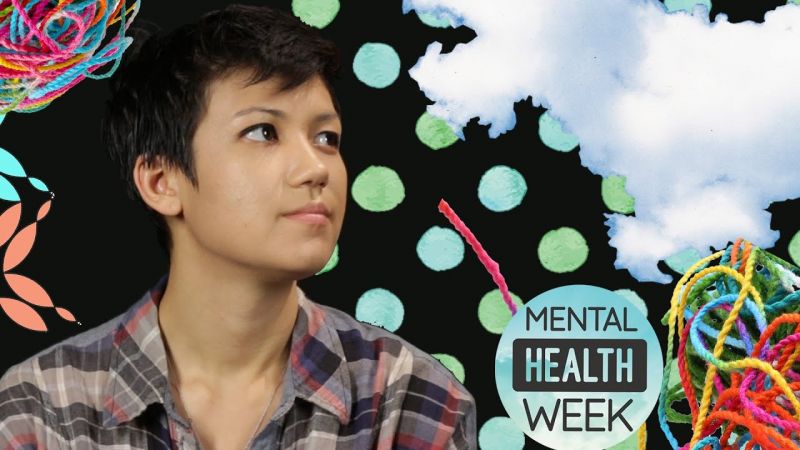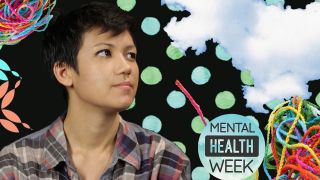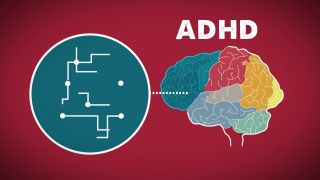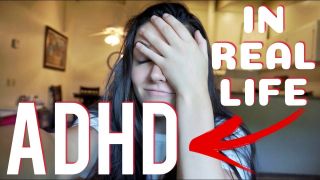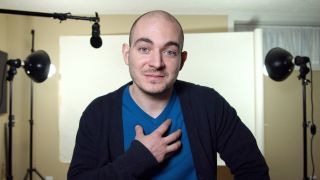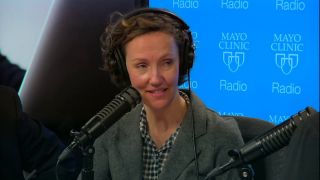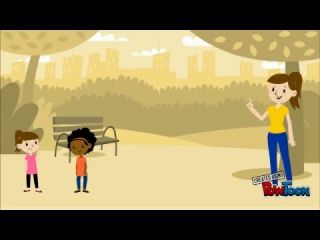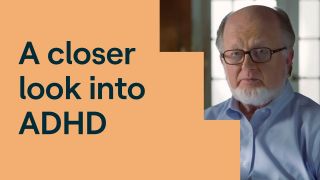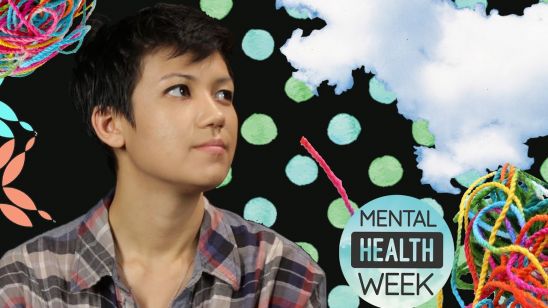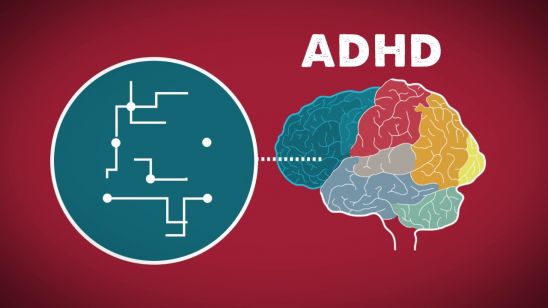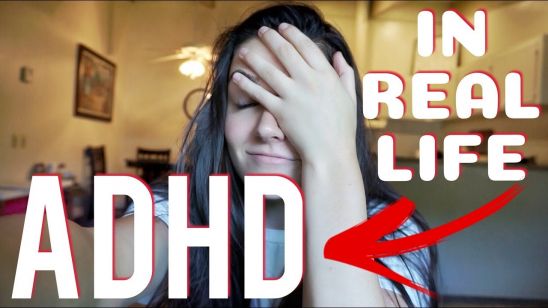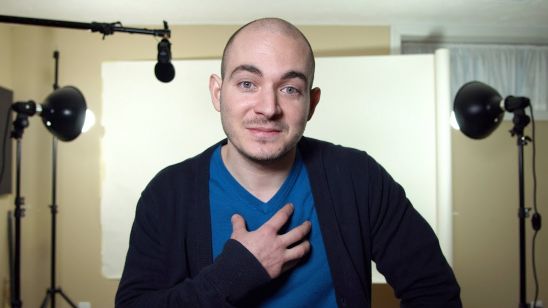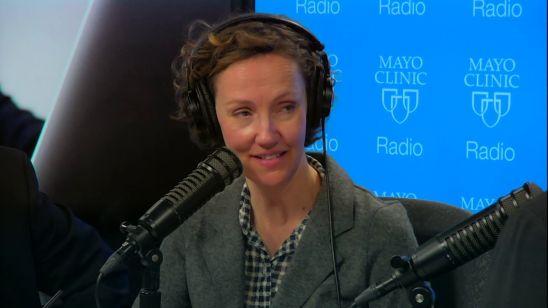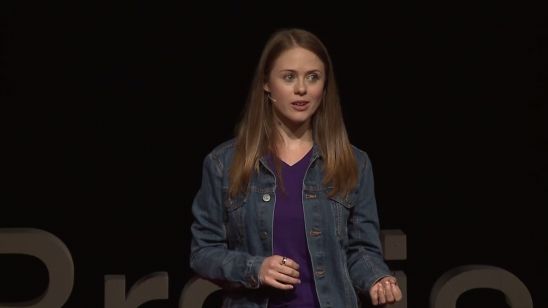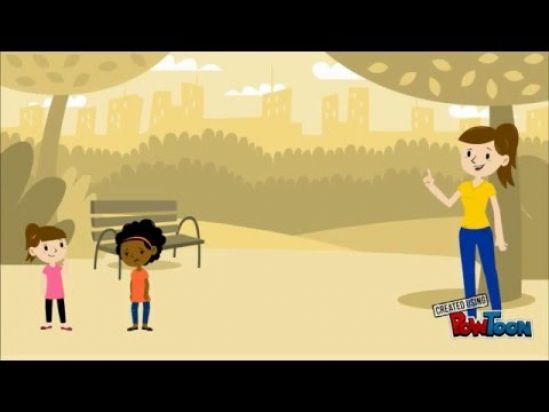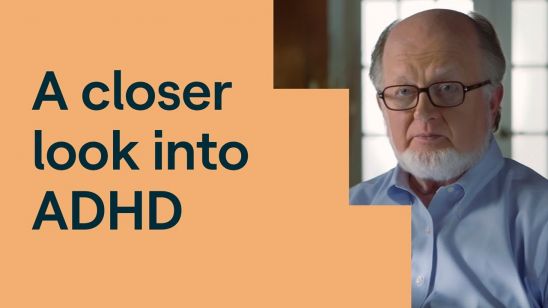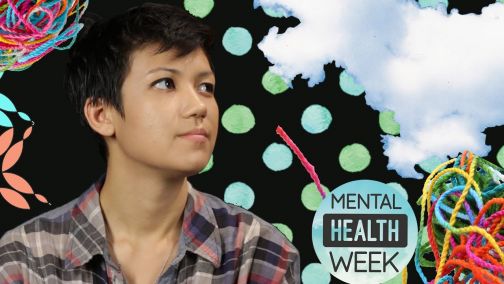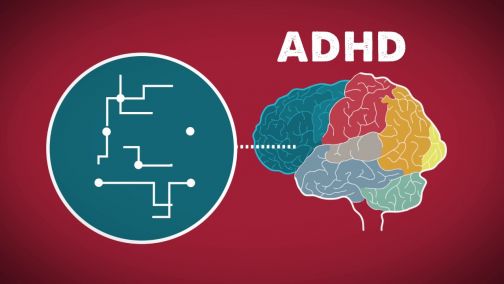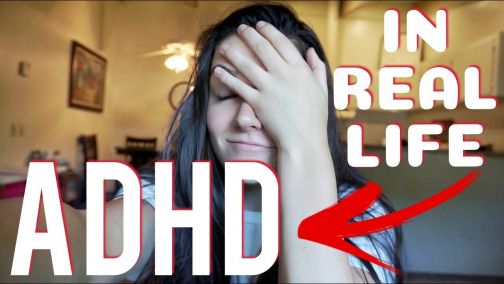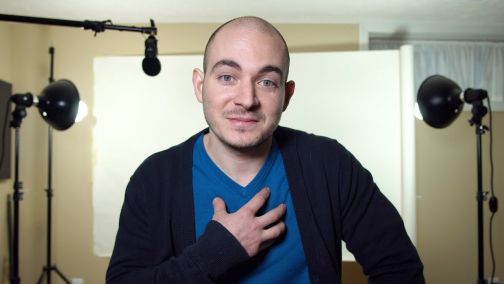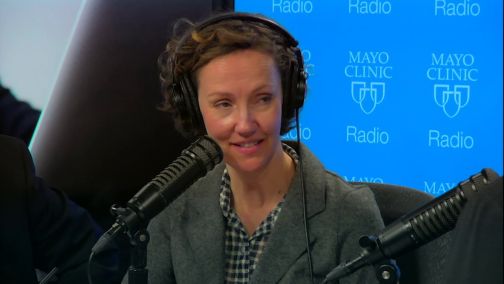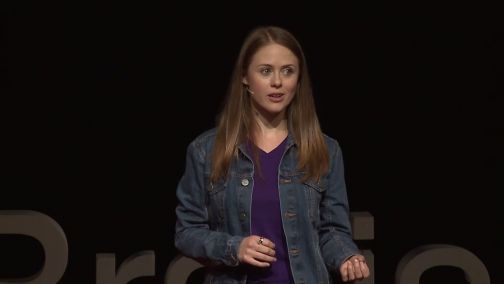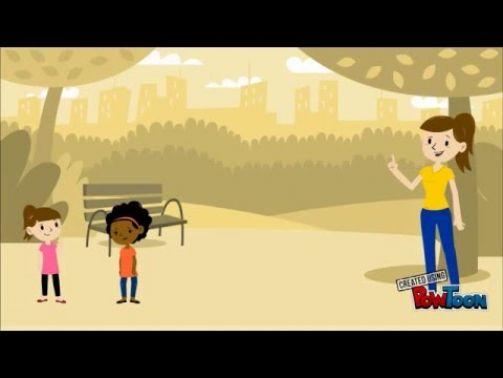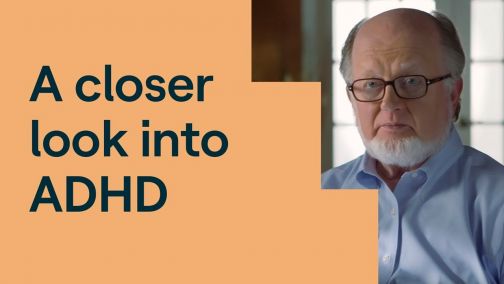Attention Deficit Hyperactivity Disorder
Also known as ADHD
What is it?
Feeling distracted or restless every once in awhile is normal. We’ve all struggled to pay attention during an important meeting, or found our minds wandering off during class. But for some people, staying focused, listening to others, and controlling impulses is a daily struggle. This is called attention deficit hyperactivity disorder, or ADHD.
ADHD is a neurodevelopmental disorder* that affects roughly 4.4% of the U.S. population, and is the most commonly diagnosed mental disorder in children. But despite being common and well-known, there are a lot of misconceptions surrounding it. People often think of ADHD as a “less serious” condition that doesn’t require real treatment. This isn’t true. When left unaddressed, ADHD can greatly impact how a person functions at work, home, school and in social settings. It’s estimated that less than 20% of people with ADHD ever seek treatment.
*For the purposes of our site, we are grouping ADHD under behavioral conditions because it has a substantial impact on our behaviors and ability to focus. Please keep in mind that most doctors consider it a neurodevelopmental disorder.
What are the symptoms?
ADHD in children is diagnosed as one of three types: inattentive, hyperactive/impulsive or combined type. Inattentive type, previously called ADD, is characterized by difficulties paying attention, following rules, finishing work and remembering responsibilities.
Symptoms include:
- Getting easily distracted
- Losing things frequently or forgetting about daily tasks
- Daydreaming
- Having trouble sitting still
- Having trouble following directions
- Not finishing assignments
Hyperactive/impulsive type is characterized by restless and impulsive behavior such as running around during sedentary activities, interrupting others and fidgeting. Symptoms include:
- Having trouble staying quiet
- Having trouble sitting still
- Fidgeting or squirming when asked to stay still
- Talking excessively
- Having trouble waiting their turn
Combined type is any case in which symptoms from both inattentive and hyperactive/impulsive type are present.
In adults, ADHD might look a bit different, although many of the same themes are there. Symptoms include:
- Being disorganized
- Struggling with low self-esteem
- Having trouble at work
- Procrastinating often
- Struggling to concentrate on important tasks
- Being chronically late
- Having anger issues
- Being anxious or depressed
- Struggling with substance abuse
- Having trouble maintaining relationships
What are some common warning signs?
Spotting ADHD can be hard. People often brush off warning signs as being part of “who they are” or “a phase they’ll grow out of.” But when left untreated, ADHD can greatly impact a person’s levels of happiness, confidence, anxiety and self-worth.
If you’re a parent worried about ADHD in your child, remember that it’s common for young children to be hyperactive or inattentive. However, as they enter elementary school, many of these behaviors should start to fade away. If they remain present and start affecting classroom behavior, friendships with other kids, their desire to listen and learn, and how they act at home, you should consider speaking to a doctor.
Checking-in with teachers and babysitters can help shed light on behaviors that you aren’t privy to. Oftentimes, parents will hear that their child isn’t picking up on important social nuances, or struggling to get along with other kids because they seem pushy or overly energetic.
If you’re an adult with a friend who may have ADHD, potential warning signs will be a bit different. Many adult symptoms are subtle, or can be passed off as character quirks.
Pay attention to how they’re doing at work, home and in their social life. Do they bounce between jobs, or have a hard time prioritizing tasks and completing them? In social settings, do they struggle to listen, or feel the need to talk over other people? Are standard adult responsibilities, like bills and doctor appointments, overly burdensome or often ignored? Do they express a desire to want to do well, but can’t seem to get themselves to focus? If so, you should find time to sit down with them and discuss their symptoms.
What causes ADHD?
The exact causes of ADHD are unknown. Doctors believe a range of factors play a role in its development, including:
- Being genetically predisposed (i.e. other family members struggle with ADHD)
- Experiencing a traumatic brain injury after which symptoms arise
- Having a chemical imbalance in the brain that causes symptoms
- Ingesting toxins in childhood, such as lead, that could impact development
- Having abnormal functioning in the frontal and temporal lobes of the brain
Pregnancy complications, such as drinking while pregnant, smoking while pregnant, or maintaining a poor diet, are also thought to increase the risks of ADHD in children. It is not true that sugar causes ADHD, or that removing sugar from a child’s diet will cure their disorder.
How is it treated?
There are two primary treatment methods for ADHD — medication and psychotherapy. For children under the age of 6, psychotherapy is recommended as the first line of treatment. For children over the age of 6 and adults, a combination of psychotherapy and medication is often recommended, with meds being considered the most effective treatment option. Additionally, there is some evidence that dietary supplements like Omega 3s can alleviate symptoms.
The most common medications used to treat ADHD are called stimulants. They work by increasing the availability of certain brain chemicals that help the brain function more effectively. Examples include Adderall, Vyvanse, Dyanavel, Concerta, Ritalin and Focalin. Some people may do better on non-stimulant medications, such as Strattera, Kapvay and Intuniv.
Psychotherapy is a broad term that refers to a range of therapeutic approaches, one of which, is called Behavioral Therapy. In Behavioral Therapy, a doctor works with both a child and their parent(s) to replace negative habits and behaviors with positive ones. Parents play an active role in helping implement these changes and track progress. You can learn more about how it works here.
Cognitive Behavioral Therapy (CBT) can be another effective option. It’s similar to Behavioral Therapy in that it hopes to reframe negative thinking patterns and behaviors as positive ones. However, instead of focusing on actions, it is a thought-based approach that revolves around discussing emotions and feelings.
Behavioral Modification techniques can also be effective. This therapeutic approach aims to change negative habits and behaviors using a variety of methods such as boundary setting, consequence and reward systems, and token economies.
Another type of treatment that can help is social skills training. Many people with ADHD struggle to get along with peers. The goal is to help patients get better at "reading" other people's reactions and responding to them in socially acceptable ways.
Lastly, education specialists can help a child with ADHD navigate school. They work to instill productive learning habits, and aid families in receiving classroom accommodations or other forms of support.
It’s important to remember that treatment plans are personalized. If you’re seeking help, make sure you work one-on-one with a doctor to create a plan that fits your needs. Just because a medication or therapy helps someone else recover, doesn’t mean it’ll be the right solution for you. Don’t ever feel guilty about asking for help, taking meds or going to therapy. Addressing your mental health is a productive and courageous thing to do.
How can I help a loved one with ADHD?
It can be hard to know how to react when someone you love isn’t doing well. Do they want to talk about it, or would they prefer to keep their experiences private? Will you push them away by starting the conversation?
There are no easy answers to these questions. Every person handles their mental health differently. That said, we all want to feel loved and supported. Showing someone that you’re invested in their wellbeing can make a world of difference. Here are some ways to do so:
- Educate yourself: Read up on symptoms, treatment options, and healthy living recommendations. Try and understand what your loved one is going through so you are better equipped to talk to them about it. This will also make you a valuable resource when it comes time to find treatment.
- Offer to help: If your child or friend is struggling to accomplish a task, sit down with them and help them stay focused. If their mind wanders, try and get them back on track.
- Keep showing up: Even when you’re feeling let down or tired, find a way to let your loved one know that you’re proud of them, and that they should keep striving to do better. These reminders might seem meaningless to you, but they aren’t to the person receiving them.
- Confirm the diagnosis: ADHD is often misdiagnosed, which can cause complications for sufferers. Encourage your loved one to receive psychological testing for ADHD to identify that the disorder is present and clarify which type a person is suffering from. Psychologists often offer testing to assess issues with attention, focus, memory and other cognitive abilities.
What other resources are out there?
Want to learn more, find a doctor, join a support group or speak to a counselor? The below resources might be able to help:
- Children and Adults with Attention-Deficit/Hyperactivity Disorder (CHADD)
- The American Professional Society of ADHD and Related Disorder (APSARD)
- Child Mind Institute
- Crisis Text Line
- BetterHelp
- Psychology Today Directory
- American Psychiatric Association
- Medicaid Eligibility Information
- Open Path Collective
- Resources for POC, LGBTQ+ and disabled individuals
- Anxiety and Depression Association of America
- National Network of Depression Centers
- Medicine Assistance Tool
- NeedyMeds
- Erika's Lighthouse
- Anxiety Network
- Anxiety Central Forums
- National Social Anxiety Disorder Center
Support our work
We’re on a mission to change how the world perceives mental health.
